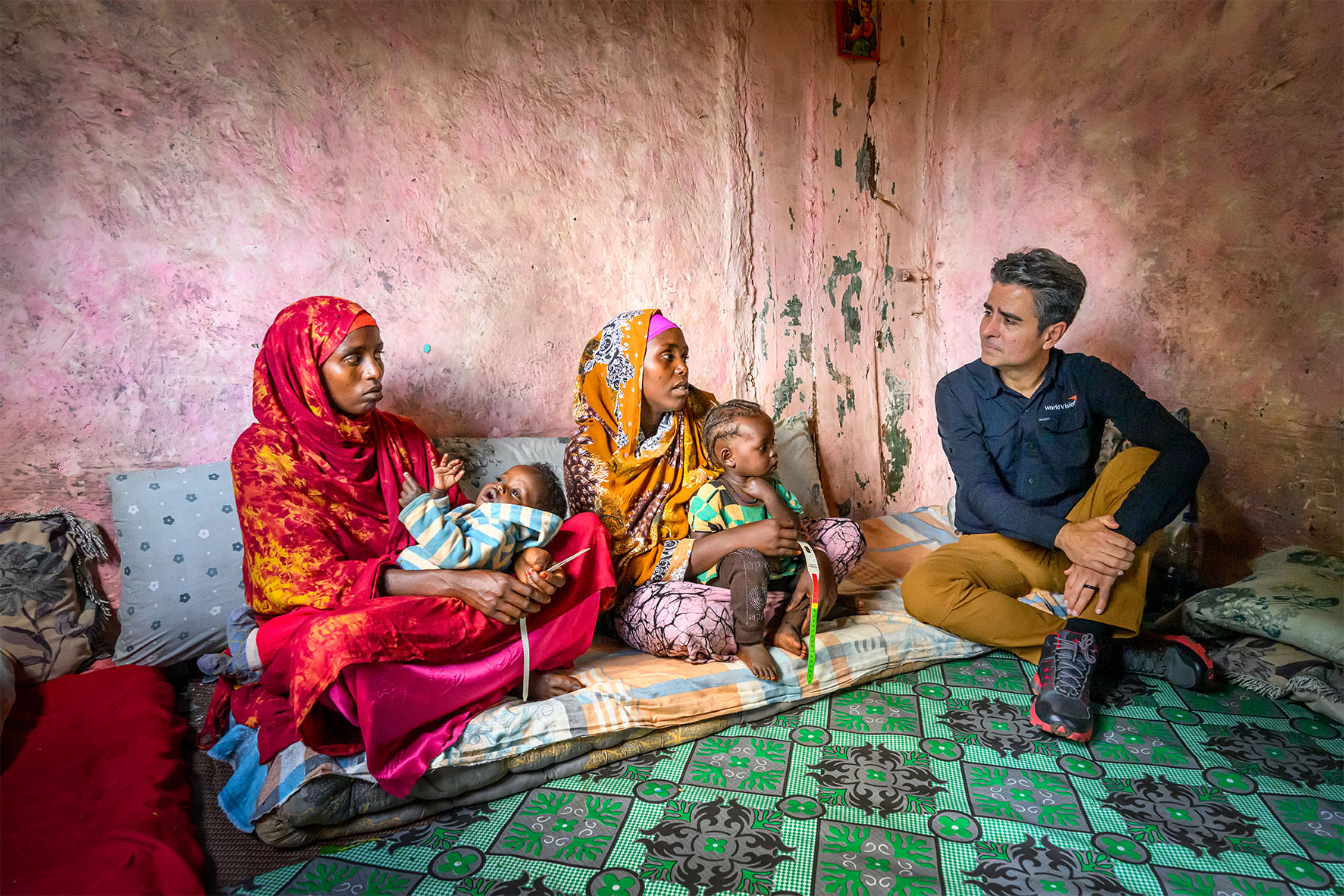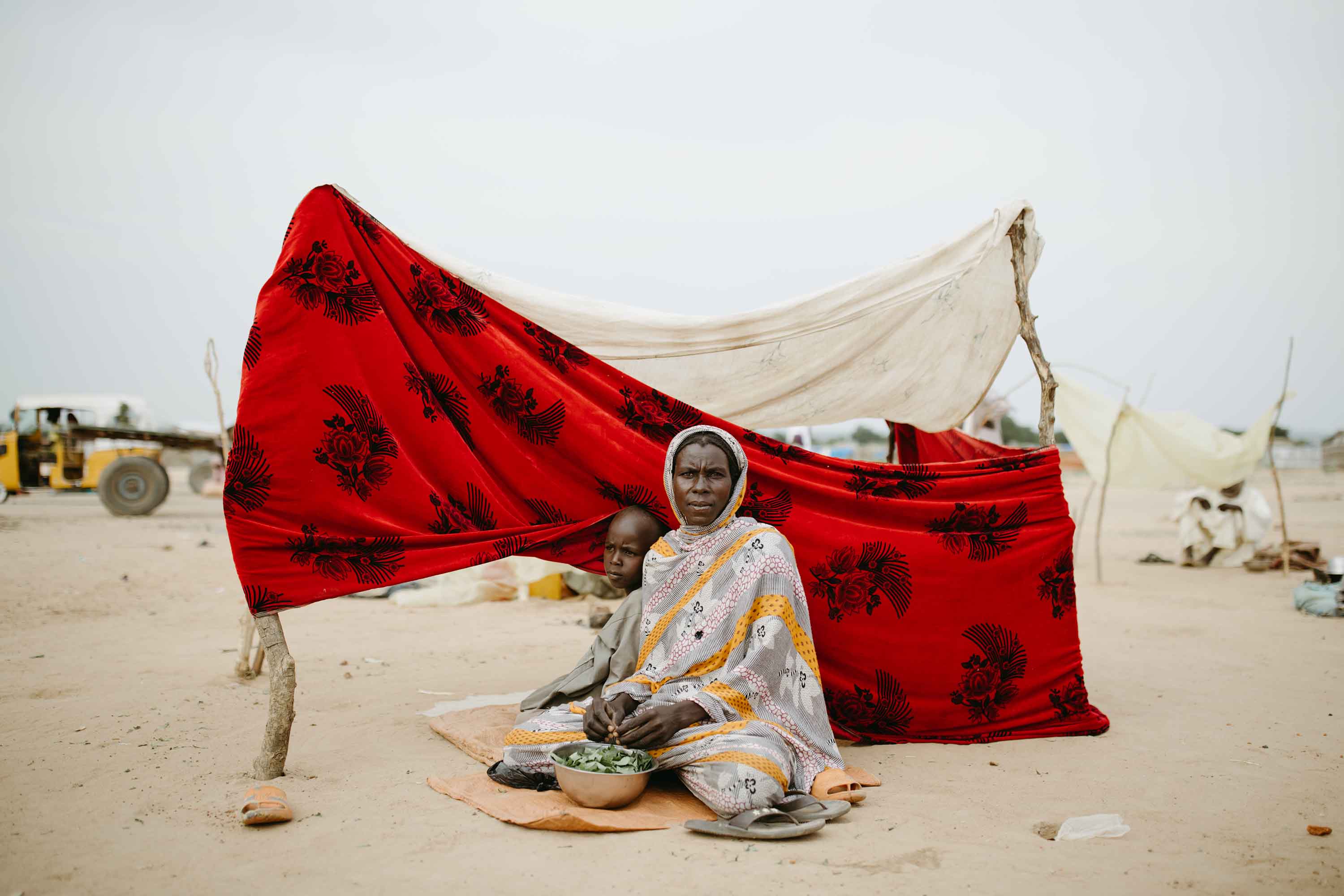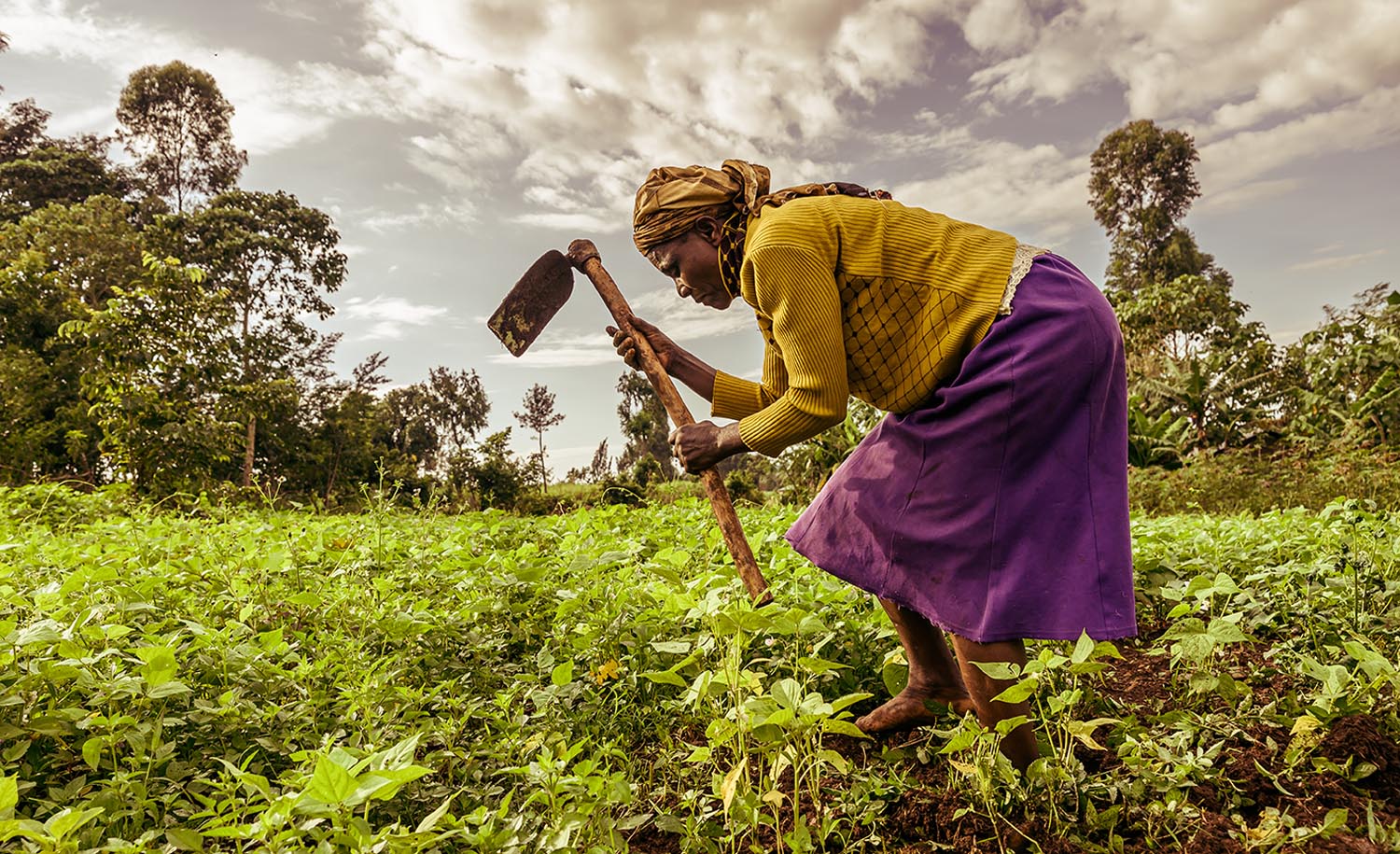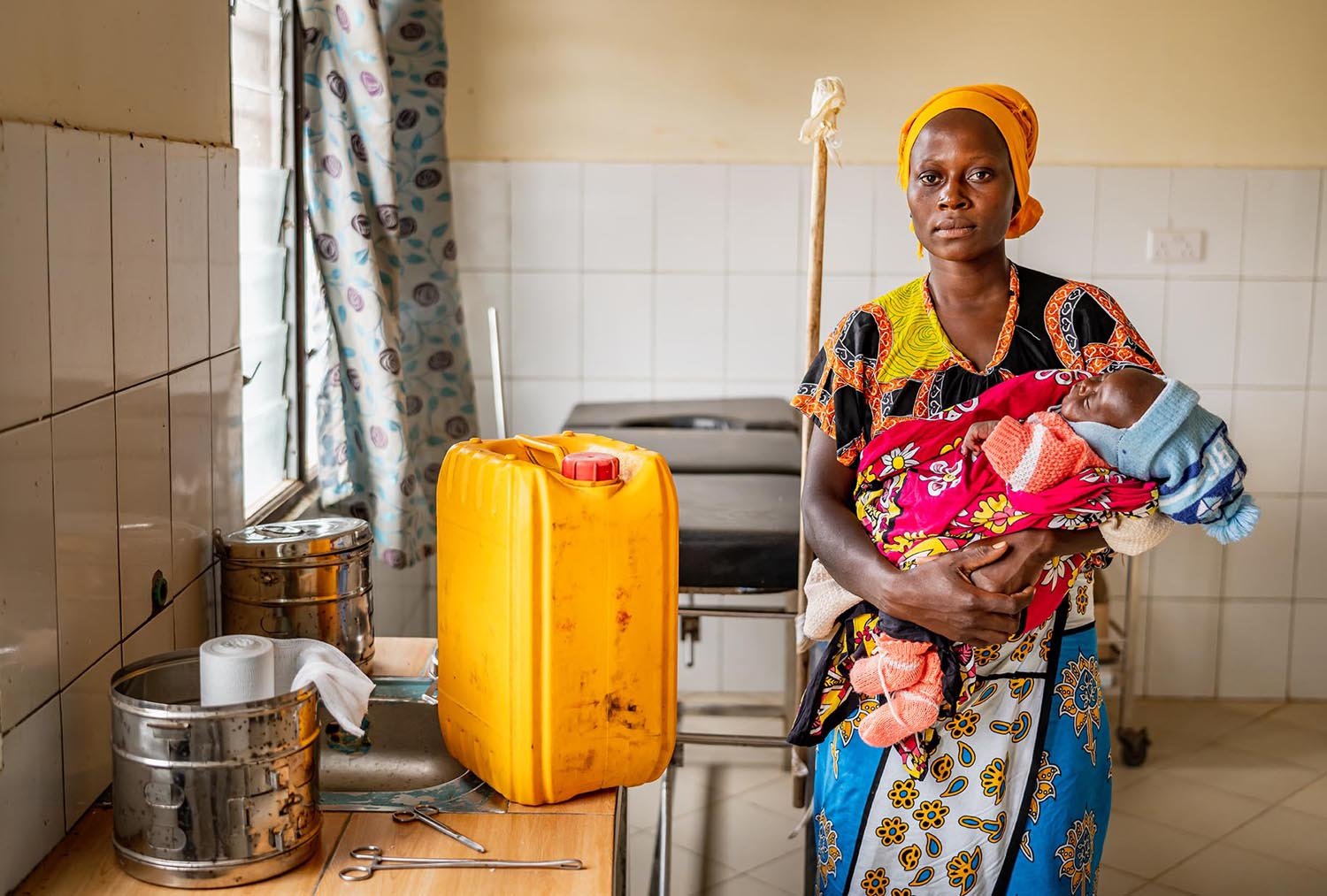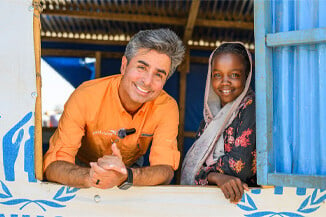Earth Day, first commemorated in 1970 in the U.S., is a chance to recommit to caring for the beautiful resources God has gifted our planet with — and to recognize the inspiring work that’s happening all around the world to do just that.
A long-time champion of these resources is Tony Rinaudo, founder of farmer managed natural regeneration (FMNR), pioneered in Niger. FMNR is a low-cost, sustainable land restoration technique used to combat poverty and hunger among subsistence farmers in developing countries — currently about 27 — by increasing food and timber production and creating resilience to climate extremes. It involves the systematic regeneration and management of trees and shrubs from tree stumps, roots, and seeds, helping restore water tables, biodiversity, and livelihoods. In short, it’s difficult for families to have resilient livelihoods without care for their environment.
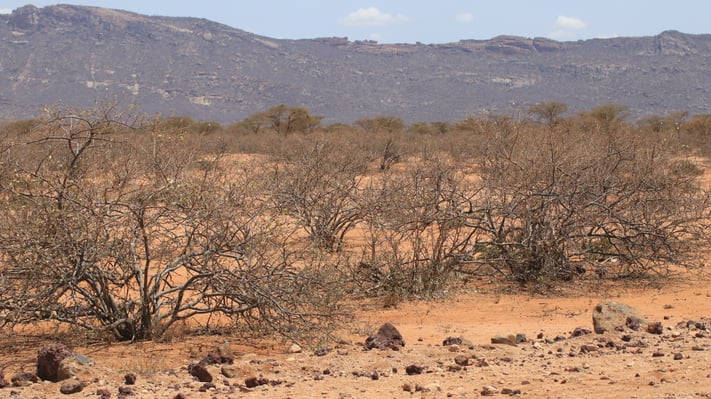
When hope is gone
“Put yourself in a parent’s shoes who can’t feed, clothe, or educate their children — it’s soul-destroying,” Tony says. “You feel forgotten by the world; you feel like there’s no way out. And then comes this simple approach that creates awareness of what you can do to change your circumstances. You realize that ‘His divine power has given us everything needed for life and godliness’ (2 Peter 1:3, NRSV). You realize God hasn’t forgotten you.”
Like Biblical Empowered Worldview in World Vision’s THRIVE model, FMNR lays a foundation of spiritual principles for the farmers, asking three transformative questions: Who are you before God? What has He gifted you with? What are your responsibilities based on this? As people gain awareness of their status in God’s eyes as His beloved children and learn practical ways to improve their lives, they realize God has equipped them to create a future for themselves and their children. And it changes everything.
“Where it has been adopted, FMNR has had a very big impact. Crop yields, livestock production, and incomes have increased,” Tony explains. “Communities’ resilience to climatic shocks has increased. As incomes rise, more parents can send their children to school. There is anecdotal evidence of increased water availability, reduced migration, and even less conflict.”
FMNR changes a Kenyan community
“I am now able to provide better nutrition for my children. I no longer have trouble paying school fees for the ones in school. FMNR has really transformed my life and that of my family,” says Nalale Ghahaili, a community member in Umoja, Kenya.
A group of 71 people — mostly women — in Umoja has been learning to implement FMNR since 2019. The members have already diversified their livelihoods, regrown forest cover, and improved their quality of life.
“We have fenced this area to protect the trees from animals. After we prune the weak branches, we give the stronger ones a chance to grow. We let the pruned branches dry and collect them as firewood,” explains Ghahaili. “Our girls now have more time to study as opposed to before when they used to spend a lot of time fetching firewood.”
FMNR’s benefits have extended in unforeseen ways. The now-protected acacia trees provide pods which are fodder for goats. “We let the pods mature and drop from the trees, [then] we collect and use them to feed the young goats. We no longer take the young goats to graze far away during the dry seasons,” says Rose Lepasiele, another member of the group. The farmers can even sell the surplus acacia pods to other members of the community for their goats. They decided to turn proceeds from these sales into a community savings group, so members can borrow money when needed and have a financial cushion.
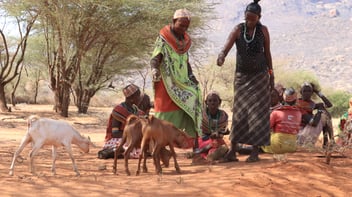
“When we protected the trees, they started flowering,” says Maliyan Leshordo, another member. “[The project] gave us beehives, and we started the beekeeping project as well. Before, we used to view bees as our enemies, but now we see them as our friends since we have experienced the benefits of honey. We are able to sell the honey which gives us another source of income.” The women also learned financial planning as part of their training, helping them make the best use of this extra income.
The group aims to replicate the FMNR model on other sites and pass the lessons they’ve learned to others, so more people can experience these abundant blessings.
A new chance to flourish
With more trees in the landscape, the leafy cover allows rain to fall to the ground slowly enough to soak into the soil, deeply watering the area. This replenishes underground aquifers and allows for a slow release of groundwater to feed streams. With once-scarce resources like water in abundance, competition fades, leaving peace and collaboration in its wake. Families who struggled to feed themselves for the entire year now have enough, are able to save, and can even share with others.
As people see big changes taking place from their simple actions, “the biggest change is the restoration of hope,” Tony says. “When I go back into these lands [after FMNR], it’s party mode. People want to show off the changes in their land to everyone. Trees and the environment are good — but really this is about restoring people’s dignity and hope.”
Tony explains the relationship of environmental care to World Vision’s work of fighting poverty: “On a humanitarian level, you have a choice: Imagine being in a community that has a dangerous cliff. You can work at the bottom of the cliff with urgent medical care after people have fallen off, or you can shift your operations to the top of the cliff and build a fence at the top to keep them from falling off.” Part of that fence? FMNR. If environmental stewardship can prevent families from falling into extreme poverty, efforts to empower people to lift themselves out of poverty become significantly more effective.
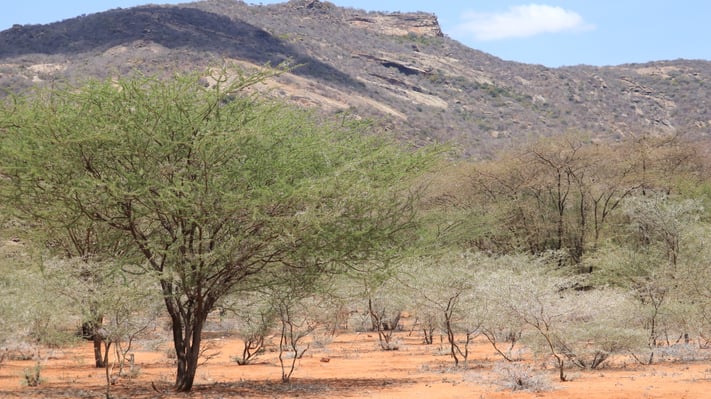
Scalable transformation
Tony joined World Vision in 1999 and was surprised to see some Ethiopian communities still needing food aid two decades after famine in the 1980s had abated. The communities hadn’t been equipped to address a major root cause of hunger: widespread land degradation. But in 2006, some communities started practicing FMNR, and in just six years these same farmers sold over 100 tons of grain to the World Food Programme. It’s transformation like this that has FMNR catching on all over the continent of Africa.
“One day in Niger I stopped my vehicle on a severely eroded area where the soil had become hard like a parking lot,” Tony recalls. “At first I thought nothing would grow there, but looking down, I saw a tiny plant pushing
through a crack in the ground. Then I remembered my Bible reading that morning: Psalm 104:30, which says, ‘When you send your Spirit, they are created, and you renew the face of the ground’ (NIV). God is not only in the business of restoring broken people and calling them to Himself; He is also in the business of restoring a broken earth and making things whole again.”

